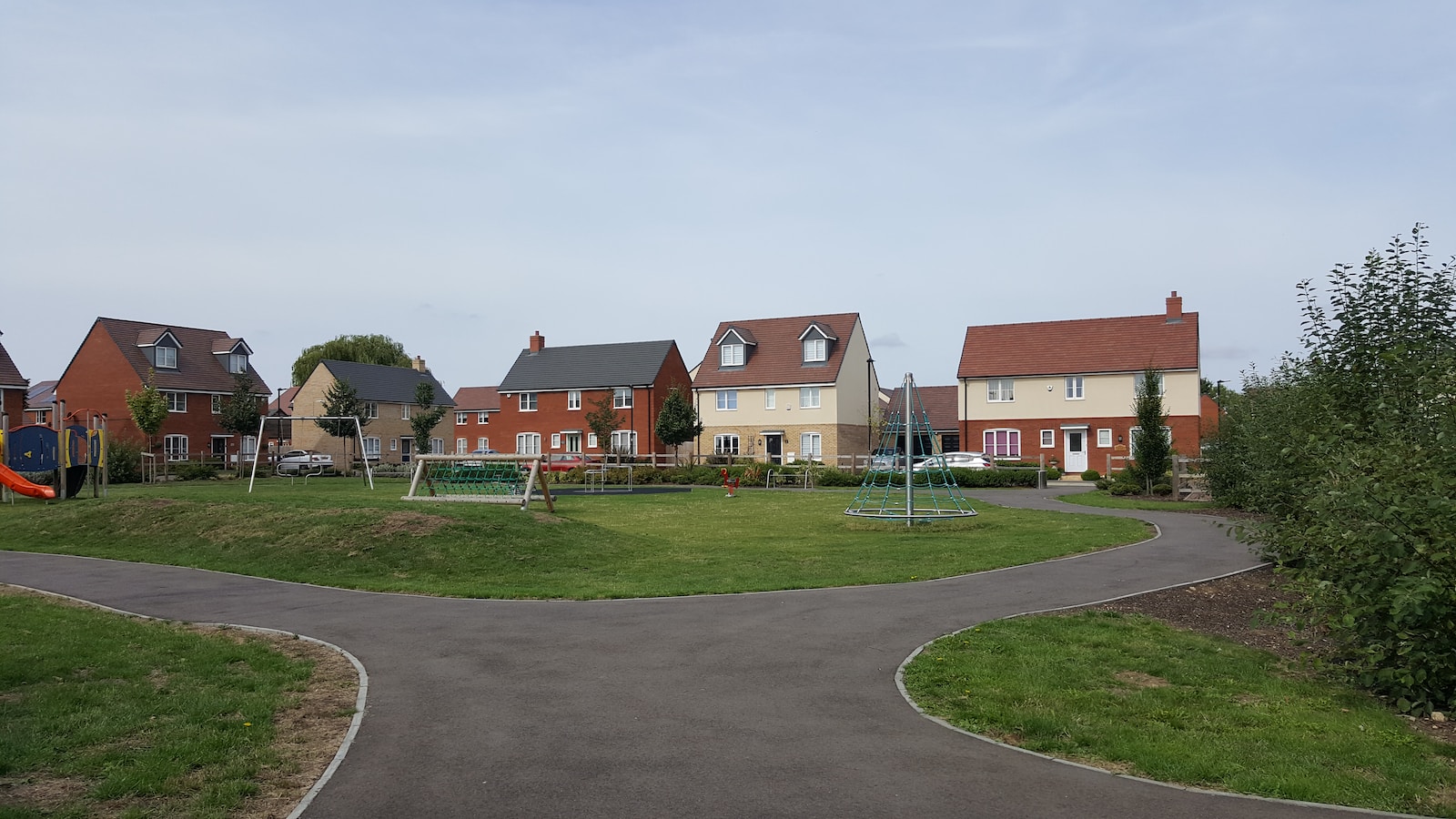Over 70m new homes could be built on England’s green belt
To build or not to build that is the question. New research has found the nations green belt could be perfect to solve England’s housing crisis, but experts remain on the fence.
Research from Woods Hardwick, architecture, engineering, planning, and surveying consultants, discovered England’s green belt, a spatial planning tool first introduced in the 1950s as a national policy with aims to prevent urban sprawl and keep land permanently open back when the UK population was at 51m, covers 12.5% of the nation’s total land area and could facilitate the construction of over 73 million new build plots – with just 1.4% of green belt land required to deliver the government’s target of one million homes by the next election in 2025.
A common assumption of green belt land is that it is there to protect the countryside for its beauty or for ecological reasons such as areas of outstanding natural beauty, but it was originally created as a planning tool.
To conduct their research, Woods Hardwick analysed the size of the green belt across each area of England, what this equates to as a percentage of the total land area and how many homes it could supply if fully utilised to address the current housing crisis.
However, homelessness levels, which have risen in England as a result of the soaring cost-of-living, are seen to be the most prominent in London and research has found the capital city is home to the smallest green belt at just 34,772 hectares, meaning it would provide few new properties.
Despite this, London’s green belt equates to 22.1% of the region’s total land area – the largest of all regions in England – demonstrating why building on the green belt is an important consideration in areas where space is already hot commodity.
‘Sensibly planning the release of the green belt land will directly address the housing crisis and local property shortages,’ Russell Gray, planning director at Woods Hardwick, said. ‘That doesn’t mean concreting over the entire countryside as many incorrectly assume and there are swathes of green belt that have been incorrectly classified and contribute little to the intended purposes of green belt in national policy.’
Russell added: ‘Green belt development has been continually rejected by politicians for landscape or habitat reasons when that should not be the case.
‘Our research highlights just how much land is classified as green belt across England and how difficult this makes the delivery of much needed housing, particularly in areas where space is already finite.’
Image: Nick Hawkes















